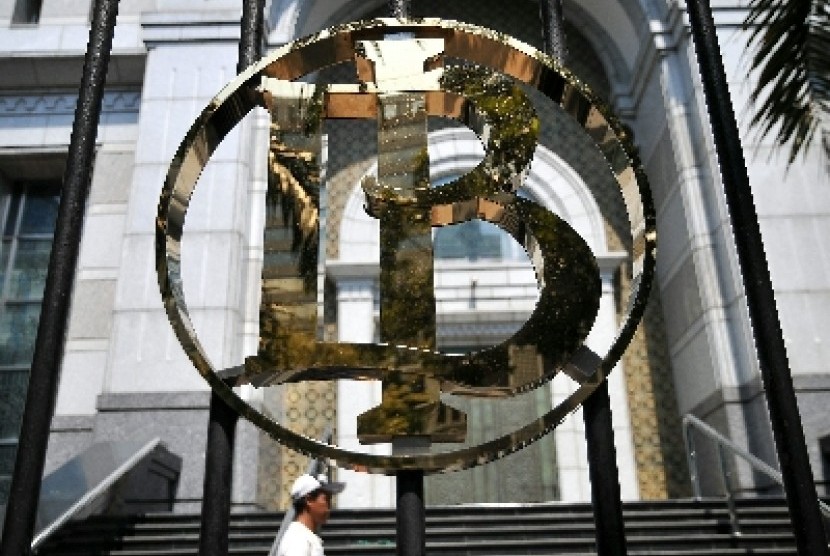REPUBLIKA.CO.ID, JAKARTA -- Bank Indonesia (Central Bank) said it is confident that the country's inflation this year would be in the lower level of the target range of 3-5 percent, as months of high consumption have been over.
"The high consumption period of June and July has passed with low inflation rate," Bank Indonesia's Executive Director of Macro economy and Monetary Affairs Juda Agung said.
Juda said further the central bank did not share the opinion that the low inflation of 3.21 percent year-on-year in July was more on weak purchasing power of the people.
"This year, inflation is just not a problem," he said after a national coordinating meeting of the regional Inflation Control Team (TPID) here on Wednesday.
He said the household consumption has increased but the impact is not yet significant until the end of the first semester of this year.
In the second half of the year, the government spending and investment by the private sector are expected to result in stronger purchasing power of the people, he added.
"Indeed exports are still weak, but domestic demand is quite resilient," he said.
He said in the remaining months of the year, food prices, which are volatile have to be put in priority to be addressed especially in the regions.
He said inflation must be kept below 5 percent, and for that purpose, food supply and production have to be normal to keep price stability.
Juda said the central bank has asked the TPID to forestall the impact of wet dry season of La Nina in the second half of the year.
"We have warned TPID of potential damage La Nina could cause," he said.
Meanwhile the government still sees potential pressure on administered prices but no significant as the government could control the inflation, he said.
Bank Indonesia has set inflation target at 3-5 percent based on economic stability under control this year.
In 2015, the country's inflation was 3.3 percent and until 2018, the central bank hope to control the inflation at an average rate of 3.5 percent.
Other indicators to maintain stability such as current account deficit is also predicted to be in a safe level of 2.2 percent of the GDP or US$20 billion.


